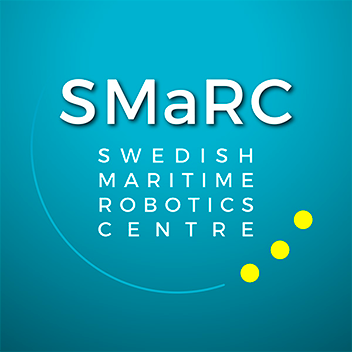Viktor Lidström: A dive into Underwater Communication Networks
Meet Viktor Lidström, a recent PhD graduate from SMaRC, whose interest in underwater communication networks was ignited during his doctoral studies. Viktor’s research centered on refining the adaptability of underwater modems, even in challenging environmental conditions. But how did he get here, and what does the future hold for Viktor?
 Viktor, what got you interested in the research field to begin with?
Viktor, what got you interested in the research field to begin with?
I had a few different research interests during my time as a PhD student. The main direction was to look at all parts of a robust communication link and see what improvements were possible. At a later stage I became involved in a conference paper on link adaptation, i.e., adapting the communication link to the observed environmental conditions, which made it clear to me that adaptability is a necessary feature of useful underwater modems. Since a colleague of mine, Elias Strandell Erstorp, was working on underwater networks, we then became inspired to collaborate on a paper on adaptive networks.
What’s the most important thing you discovered?
In my last link paper, I proposed a framework for constructing a receiver that approaches the entire communication problem as a tree search, with detectors between the branch layers to control the complexity. Compared to the traditional approach of time-Doppler synchronization on a dedicated preamble signal, the proposed method will never fail due to a synchronization error. I showed that all communication frames were correctly detected in a harsh communication channel with a very mobile setup, even when an island blocked the line of sight. The performance results in this paper are the strongest I produced in relation to the literature.
Now that you’ve finished your PhD, what do you plan to do next within the field?
Since the PhD. is concluded, I can now choose entirely new directions. I want to improve the large latencies inherent to underwater networks and try my hand at faster communication methods.
Read the theses here: https://www.diva-portal.org/smash/get/diva2:1801715/FULLTEXT01.pdf
